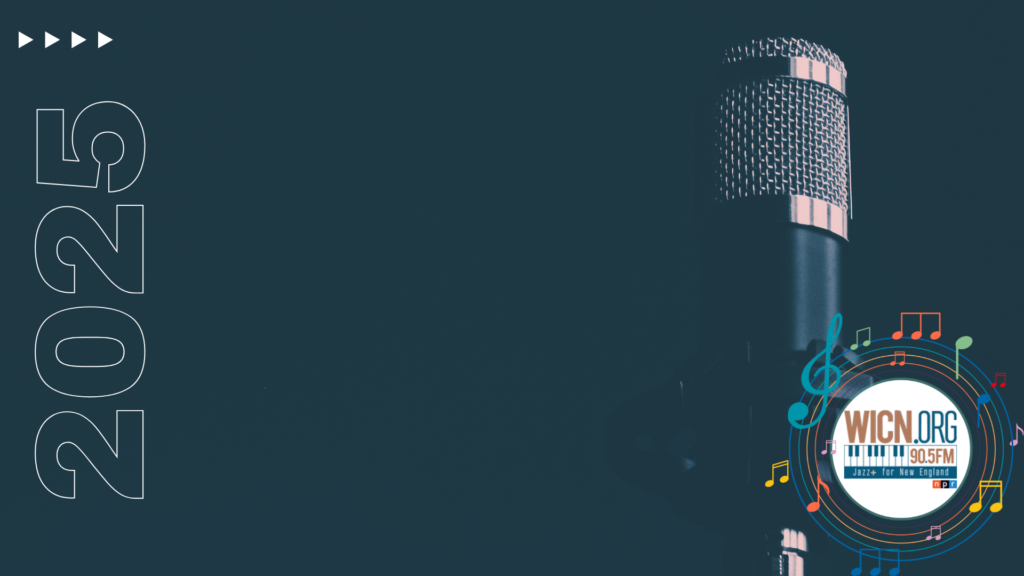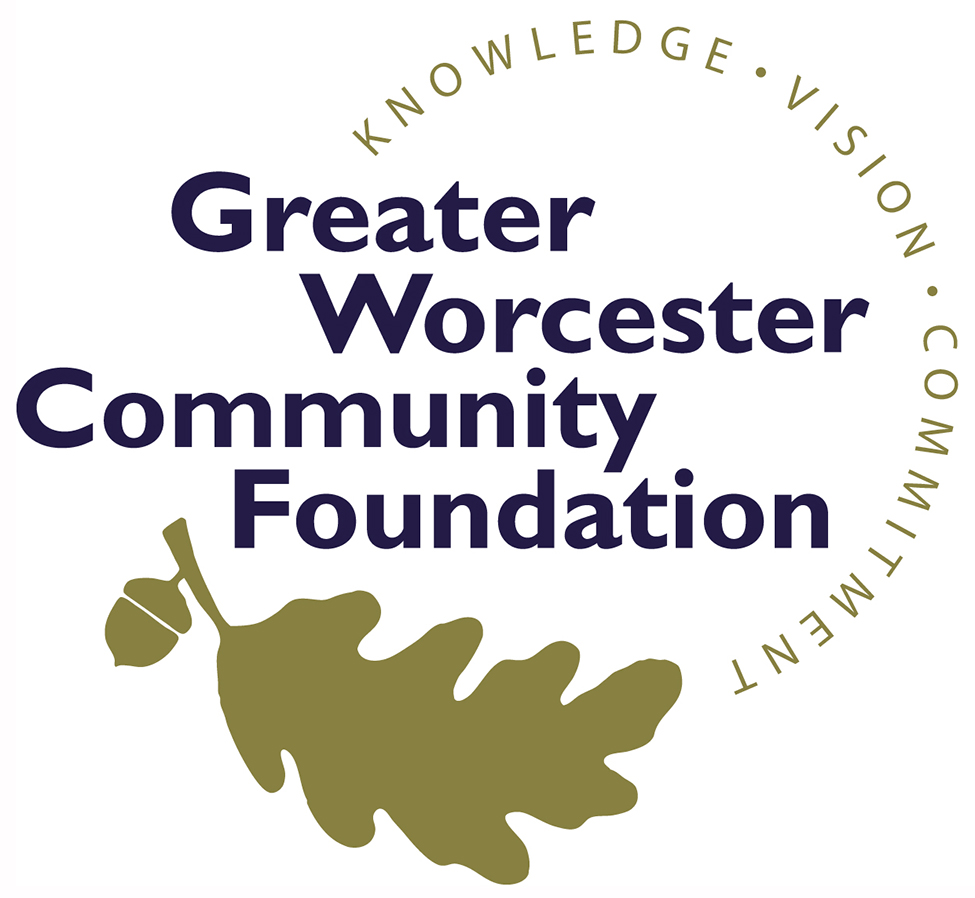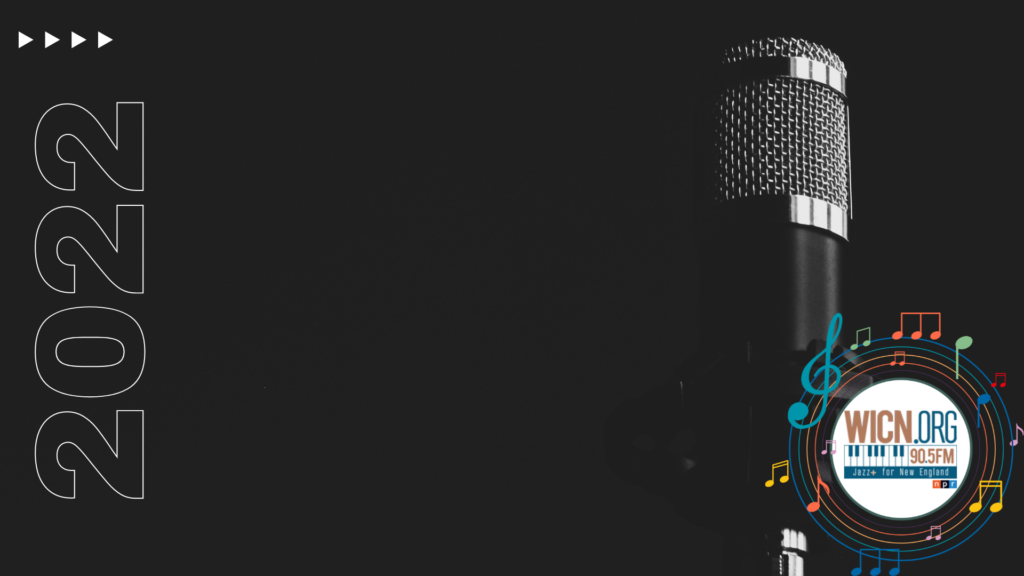Mark Lynch’s Art Book Recommendations of 2021:
Written by Mark Lynch on December 10, 2021
Artbooks are unique. Artbooks are often, large, expensive, and typically are not for everyone. But some of them stand out and would be welcome additions to anyone’s library. I covered an amazing assortment of books about art this year and the ones listed below deserve special mention as unique. Mark Lynch, host: Inquiry.
- Nicholas Fox Weber is a writer and Director of the Albers Foundation. His stunning new art history is “Annie & Josef Albers: Equal and Unequal“. He knew them as friends, and this book is a massive history featuring many little-seen examples of their work. Their life story is positively cinematic. They met as young students at the Bauhaus and remained together for their entire lives. Definitive.
- Robert Storr is a teacher, lecturer, curator, critic, and painter. From 1990 till 2002 he worked at the Museum of Modern Art in New York, where he was a curator and later, a senior curator. He is now a Professor of Painting at Yale University. This new collection of his writings is “Robert Storr: Writings on Art 2006-2021“. This is some of the best and most challenging writing on art.
- Are birds “thoughtful”? Can birds actually make decisions? These are just some of the fascinating subjects discussed in David Allen Sibley’s new book: “What It’s Like To Be A Bird: From Flying to Nesting, Eating to Singing, What Birds Are Doing and Why.” David Allen Sibley is the author and illustrator of a series of popular guides to nature that bear his name. This is a large-format, sumptuously illustrated book and is for anyone interested in how birds live. It is also a collection of some of Sibley’s best artwork.
- Seashells have captured humans’ imaginations since ancient times. During the Early Modern Period of Europe, shells gathered from around the world were collected, cherished, discussed, and were found in many works of art. Marisa Anne Bass is a Professor of Northern European Art (1400-1700) in the History of Art Department of Yale University, and an Affiliate of Yale’s Program in the History of Science and Medicine. Hanneke Grootenboer is a Professor of the History of Art Department at Radboud University, Nijmegen. They are two of the authors and editors of a sumptuous and fascinating book “Conchophilia: Shells, Art, and Curiosity In Early Modern Europe“. If you ever have been entranced by a shell you have found on the shore, pick up this book.
- Stephen A. Harris, the Druce Curator of Oxford University Herbaria. His new book is “Roots to Seeds: 400 Years of Oxford Botany.” This large-format beautiful book traces the centuries-long history of the study of botany at Oxford University: from the establishment of the “physic” garden in the 17th Century, traveling the world collecting plant specimens, creating a botanical library, to the modern scientific study of botany at the university. If you have any interest in gardening or botany or are interested in the history of science, this will be a volume of real interest.
- Sometimes an apple in a painting is just an apple. Sometimes not. Leonard Barkan is the Class of 1943 University Professor of Comparative Literature at Princeton University. His new book is “The Hungry Eye: Eating, Drinking, and European Culture From Rome to the Renaissance.” This is a wild book about looking at art but “reading for the food”. You will learn what was for dinner at the Last Supper according to artists among other things.
- Mathematicians are passionate about their blackboards. Blackboards are one of the oldest tools for teaching and learning, yet many abstract mathematicians are wild about “chalk talks”. Looking at a chalkboard filled with symbols, numbers, and illustrations that you do not understand is like coming across an abstract painting in an art museum. Jessica Wynne is an associate professor of photography at the Fashion Institute of Technology. Her new book is a wondrous collection of photographs of mathematicians’ chalkboards and their statements on what they do and why they love their chalkboards: “Do Not Erase: Mathematicians and Their Chalkboards. “ – If I had to choose one book I covered this year that represented the spirit of Inquiry, this is it.



